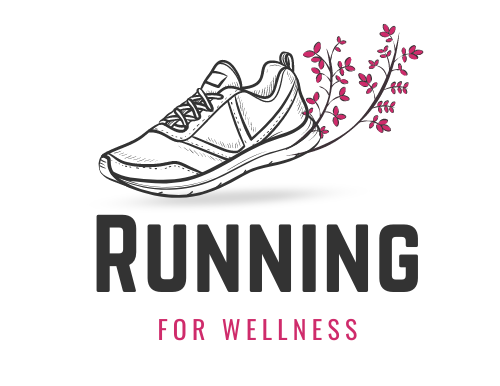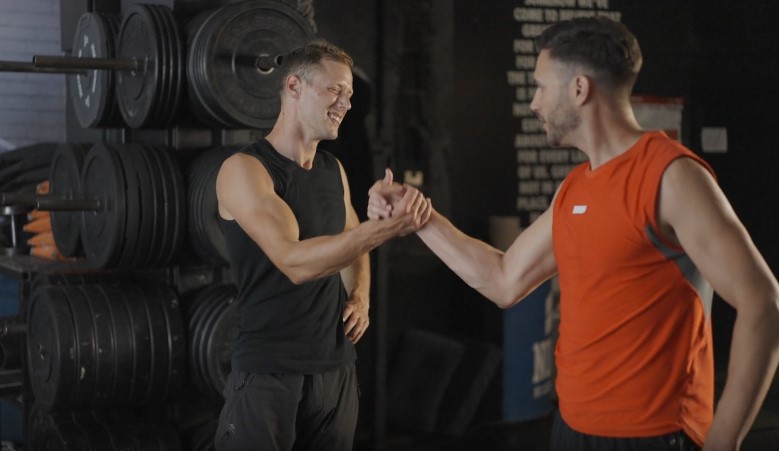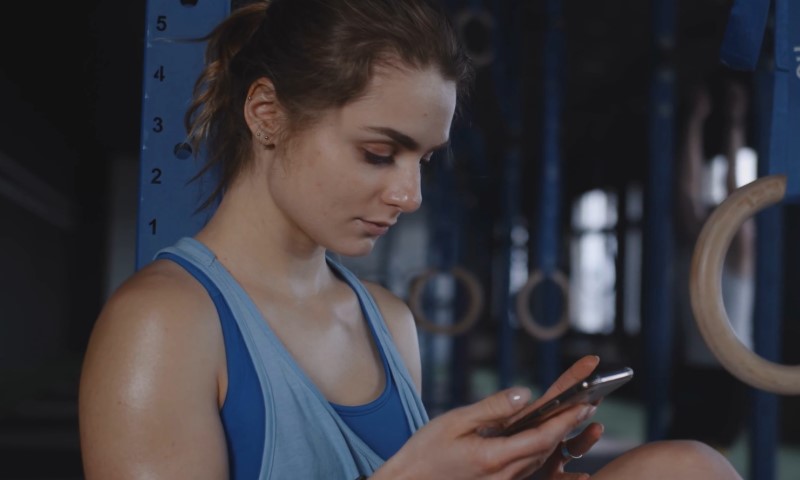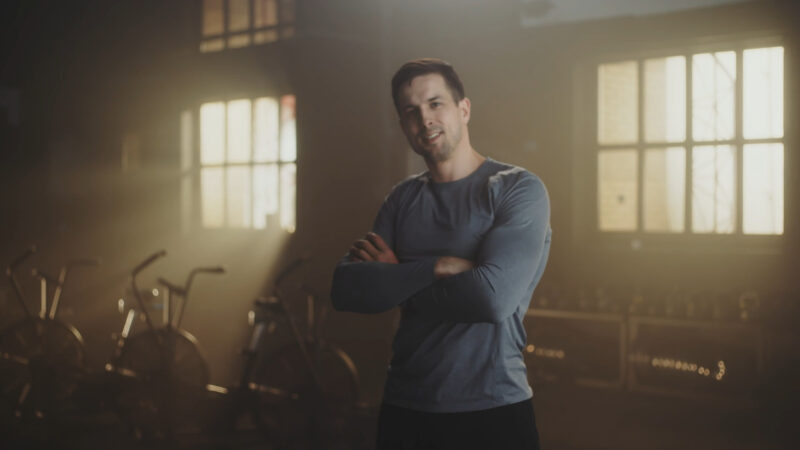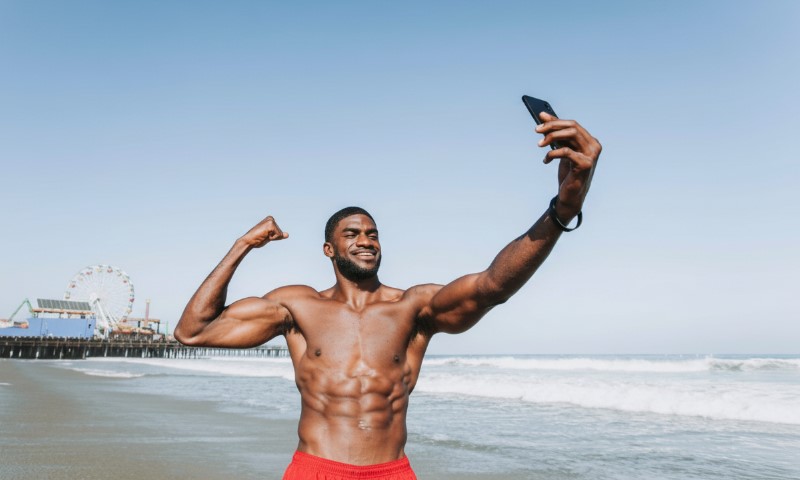Maintaining long-term fitness motivation can feel like an uphill climb. Goals fluctuate, routines grow stale, and discipline often wavers.
One powerful, often overlooked motivator lies not in apps or supplements but in people, specifically, the ones sweating right beside you.
Gym friendships foster connection, spark consistency, and breathe joy into the grind of workouts.
Shared progress, encouragement, and mutual accountability can transform isolated routines into energizing habits.
The Psychological Science Behind Social Workouts

Motivation often starts in the mind, not the muscle. Social interaction during workouts can be a game-changer for consistency and satisfaction.
It can even be done for the sake of sharing important tips for working out, which can also be received from platforms like Foundation Fitness.
Several factors contribute to why group workouts and gym friendships have such a powerful psychological impact.
Social Connection and Brain Chemistry
Neuroscience has shown that exercising with others triggers hormonal shifts that boost mood, reduce stress, and elevate motivation.
During shared physical activity, the body increases the release of chemicals tied to pleasure and bonding.
Key psychological effects of group workouts include:
- Oxytocin boost: Strengthens emotional bonding and trust
- Endorphin release: Creates a sense of euphoria and pain relief
- Increased dopamine: Enhances feelings of reward and satisfaction
Emotional Lift from Encouragement
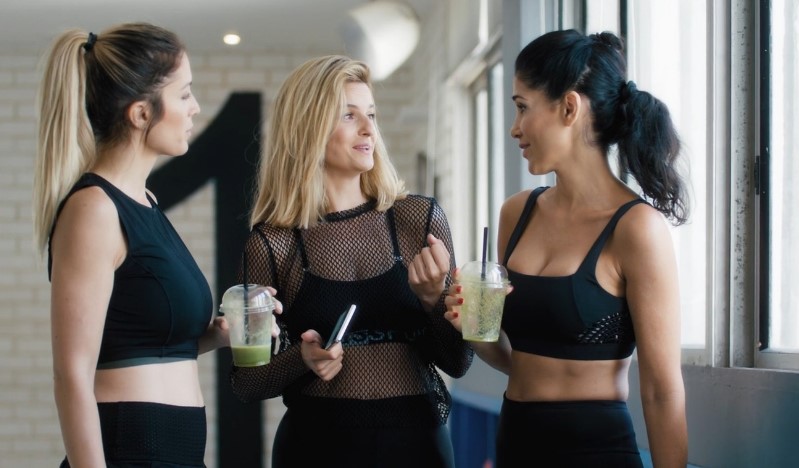
Support can elevate more than weight. Words of encouragement, shouted mid-set or whispered during cooldown, can cut through exhaustion like nothing else.
Motivation becomes amplified when another person is cheering you through fatigue.
Common motivators reported by gym-goers:
- Hearing someone yell, “Keep going!” triggers renewed focus
- Receiving a nod or smile after a tough circuit feels energizing
- Friendly feedback helps shift attention away from discomfort
Trainers and peers often say the verbal lift during workouts has more effect than any pre-workout drink.
Fun and Reduced Stress
Workouts can turn into social events when shared with others. Laughter, shared progress, and light-hearted moments help reduce the mental burden of exercise.
Training becomes something to look forward to, not dread.
- Elevated mood through social bonding
- Reduced cortisol due to feelings of belonging
- Improved recovery through emotional release
Accountability and Consistency
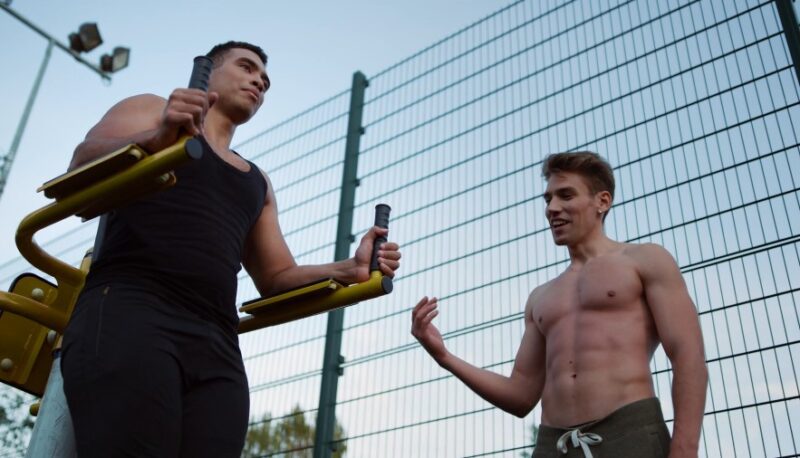
No fitness strategy beats the power of simply showing up.
While individual discipline matters, consistency becomes far easier when someone else is invested in your routine.
Social accountability often turns a potential excuse into a reason to act.
Showing Up Because Someone’s Counting on You
Mutual commitment fuels reliability. When another person expects your presence, effort follows.
Decision-making shifts from internal negotiation to external responsibility. No one wants to be the one who backs out last minute or leaves a friend alone on the training floor.
Social accountability effects:
- Increases gym attendance even on low-motivation days
- Builds discipline through personal responsibility to others
- Shifts exercise from solitary grind to shared plan
95% Increased Adherence with a Buddy
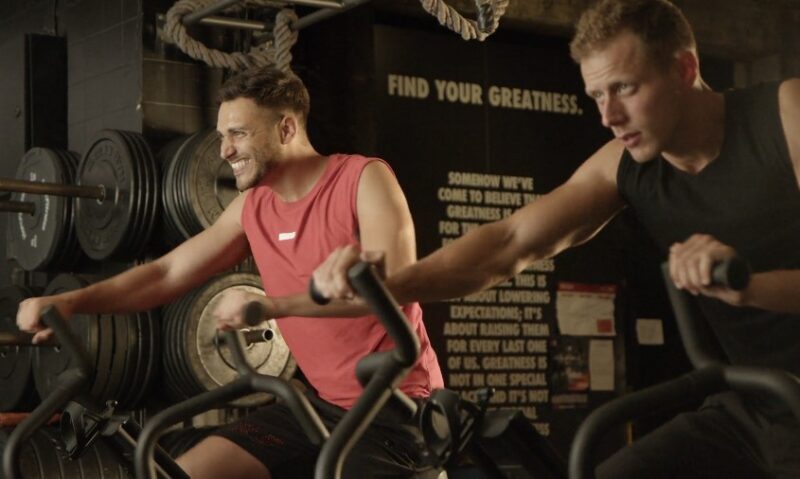
Adherence rates shoot up when workouts are shared.
Having a consistent partner means there’s always someone checking in, asking questions, and expecting you to stick with it.
Human connection reinforces routine in ways that willpower alone struggles to maintain.
Reasons why buddies improve consistency:
- A shared schedule removes decision fatigue
- Friendly reminders reduce skipped sessions
- Positive pressure keeps momentum going
Once commitment is shared, follow-through becomes natural. The process of showing up gains emotional and structural reinforcement that’s difficult to match through solo efforts.
Making Fitness a Habit Through Social Routine
Habits form through repetition. Social routines add meaning to that repetition.
Group classes, weekly partner sessions, or informal weekend check-ins can structure fitness into a lifestyle rather than a sporadic effort.
What begins as coordination eventually evolves into rhythm.
- Workouts feel more scheduled and intentional
- Fitness goals become part of weekly social interaction
- Habit strength increases when linked to shared rituals
Motivation Through Friendly Competition
Nothing fuels the drive like the presence of someone giving just a little more.
You see someone crank out an extra set or shave seconds off their sprint, and suddenly the limit you thought existed gets pushed. There’s no formal scoreboard, but your effort starts climbing just because you don’t want to fall behind.
Group workouts spark this instinct naturally. Even without direct challenge, your brain tracks the pace, the load, the volume others manage.
The atmosphere shifts when everyone wants to outdo themselves, and maybe, quietly, each other. That subtle tension raises performance without a single word exchanged.
It starts small. Someone adds weight to their deadlift. You follow. Someone beats their time on the rower. You stay two minutes longer on the bike.
The gym turns into a silent stage where progress plays out side by side. Every rep feels charged when surrounded by people who care enough to push their edge.
And when it turns into an actual challenge? That’s when the real magic kicks in. Two friends pacing each other through circuits.
One person challenges another to hit a new PR. These moments, while spontaneous, anchor long-term motivation. They give workouts a story, not just a structure.
Shared Learning and Support
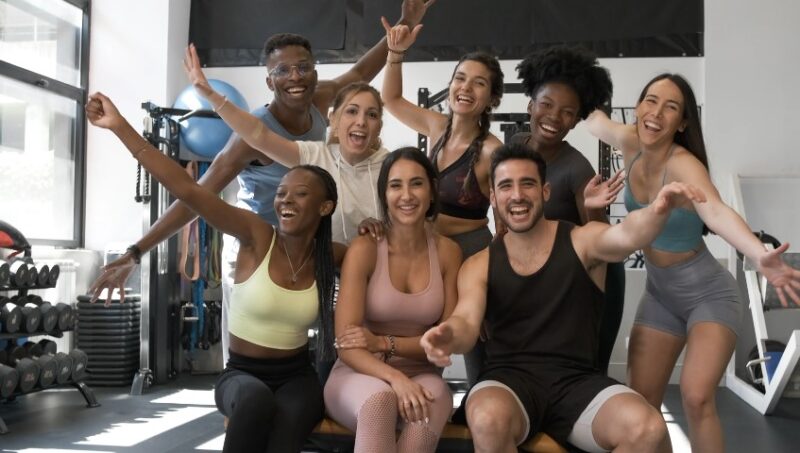
Some of the best training advice doesn’t come from a coach, it comes from the person next to you doing that weird stretch or adjusting a grip in a way you’ve never seen.
Gym friendships are built on these casual exchanges. One question, one tip, one unexpected suggestion can change everything.
Learning becomes fluid in a social environment. Instead of Googling proper form or scrolling through videos, you just ask. You watch someone use the sled differently. You copy a superset they swear by.
You learn by doing, together. That kind of peer-based support removes the pressure of getting it right alone. Instead, it invites curiosity.
Here’s what people often share without even realizing it:
- Techniques for better form or injury prevention
- New routines to break boredom and challenge muscles
- Advice on recovery tools, supplements, or tracking methods
But it’s not just about what you learn physically. Emotional support matters just as much—maybe more.
Gym partners become the people who notice when your energy's off. They’re the ones texting when you don’t show, the ones dragging you off the couch when your motivation tanks.
When effort drops, support lifts. That shared experience, slogging through rough days, celebrating small wins, builds resilience. It creates a sense of “we’ve got this” that cuts through personal doubt.
Practical Tips to Build Gym Friendships
You don’t need a grand gesture to connect with someone at the gym. No awkward speeches, no formal introductions.
Most gym friendships begin with something simple: a quick comment, a shared stretch, a head nod that says, “We’re both surviving this workout.”
If building community feels intimidating, start small. The goal isn’t to collect friends like protein bars—it’s to form real connections that make your routine more meaningful.
You’re not networking. You’re finding people who care about progress as much as you do.
Here are some ways to open that door:
- Join a class: Group energy naturally encourages interaction. You’ll sweat, laugh, and struggle next to the same faces week after week. That’s friendship fuel.
- Offer a compliment: A quick “Nice form” or “You crushed that set” goes a long way. Most people appreciate being noticed for effort.
- Start small talk, then follow up: Ask about their routine. Mention how often they come. Next time you see them—say something again. Recognition builds rapport.
- Partner up: If someone looks like they’re open to it, ask to share equipment or swap sets. Sharing space creates shared rhythm.
You don’t have to click with everyone. One or two solid connections can completely change your gym experience. Keep showing up, keep engaging, and friendships will form naturally.
The Bottom Line
Gym friendships foster more than social perks. Motivation grows stronger, accountability feels natural, performance rises, and habits become stickier.
Shared progress turns effort into enjoyment. Fitness goals extend farther when driven by camaraderie.
Say yes to workout buddies, group sessions, and conversations that begin over a squat rack.
Related Posts:
- 25 Simple Running Motivation Tips To Get You Moving
- Top 400 Hilarious Gym Quotes to Keep You Motivated
- 43 Inspirational Quotes for Men's Personal Growth -…
- How Can You Start a Career as a Running Coach?
- 6 Best Running Playlists Music for Every Pace and Mood
- How To Recover From Muscle Inflammation Without Medication
